The Anchoress on The Art of Losing
Artist, producer and multi-instrumentalist Catherine Anne Davies explains why she values craft over inspiration, deliberately degrades signals and how she made her long-awaited second Anchoress album.
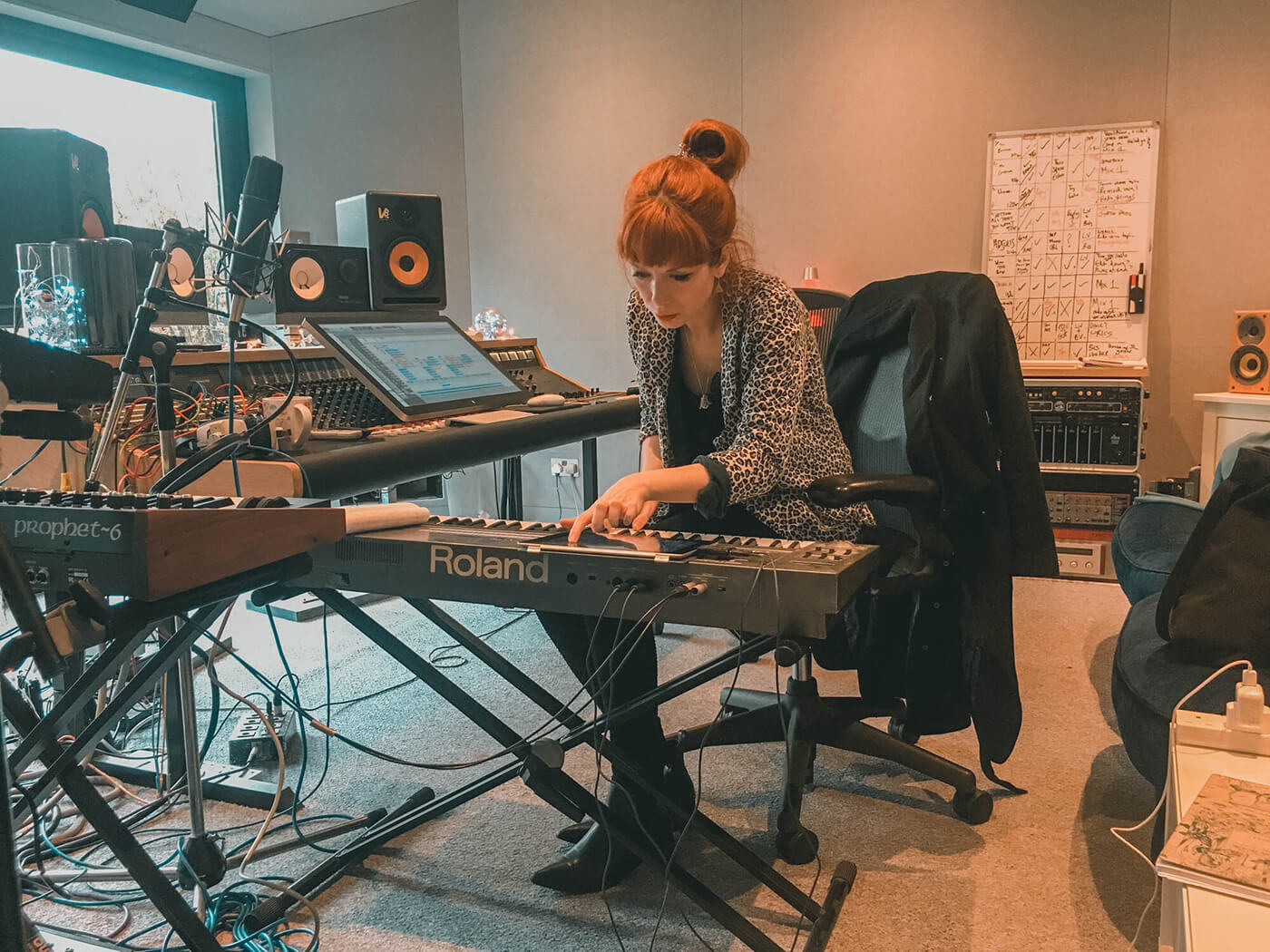
“I’d like the industry to reach a point where gender isn’t mentioned. The question should be ‘are you a producer?’ Not, ‘are you a female producer?’ It’s like some subcategory where you have a different way of operating an SSL with your vagina.”
Catherine Anne Davies, aka The Anchoress, reflects scathingly on the ongoing debate about gender inequality in the music industry, particularly within studio settings.
Over the last five years, Catherine has fought her way to great acclaim not only as a solo artist but production expert, seasoned live performer, collaborator, educator and more. Now she’s on the brink of releasing a new solo record, The Art of Losing, an ambitious project born from plenty of sonic experiences. Written and produced by Catherine, the songs are unflinchingly emotive and mark a point on her musical journey a long way from where she first started.
“The very first track I ever made was on Logic. I didn’t have a clue what I was doing, but it ended up being played on Radio 1,” Catherine laughs.
“I’d never even used a DAW before, but I don’t think there’s any substitute for getting stuck in. Don’t fear making mistakes, particularly if you’re a woman getting into music production. There aren’t any inbuilt cultural differences where if you’re female, then you should be worried about asking something that might be perceived as a stupid question. The arenas where you’re allowed to figure things out and make your own mistakes are vital to supporting new talent.”

Self-production inspiration
Catherine’s musical adventure has been full of twists and turns. Her debut, 2016’s Confessions of a Romance Novelist, burst with addictive pop melodies, ethereal sounds and high concepts and was met with widespread applause by critics and indie fans alike. Since then, she’s collaborated with Bernard Butler on their recently released record, In Memory of My Feelings and played worldwide as part of Simple Mind’s band. The Cure’s Robert Smith even invited her to play at his Meltdown festival at London’s Southbank.
Her unique story began in her late teens when she was asked to choose between driving lessons or a multi-track recorder.
“I obviously chose the multi-track recorder. And I still can’t drive,” she says. “But that was the turning point for me. Was I going to invest in the pursuit of what I was really interested in? Or was it about taking the sensible option?”
“The very first track I ever made was on Logic. I didn’t have a clue how to use it or what I was doing, but it ended up being played on Radio 1.”
This choice lit the touchpaper for her intoxication with recording and songwriting that burns fiercely to this day.
“Back then, all I wanted to do was immerse myself in putting tracks together. I didn’t have a clue how to do it, but I just became obsessed and never questioned why,” she states. “That passion continues now, just at a more sophisticated level.”
Since the first album, Catherine has busied herself with honing her production skills and building an arsenal of vintage synths to support her musical self-sufficiency. It’s perhaps unsurprising that auteurs such as Kate Bush, Björk and Prince are some of her greatest inspirations.
“I was obsessed with Prince and this idea of making every aspect of your music yourself,” she says. It goes beyond music too. “The film directors I love too – people like David Lynch – they’re united by wanting to have a similar level of overarching control. Their output is their total vision and is the kind of art I’m infatuated by.”
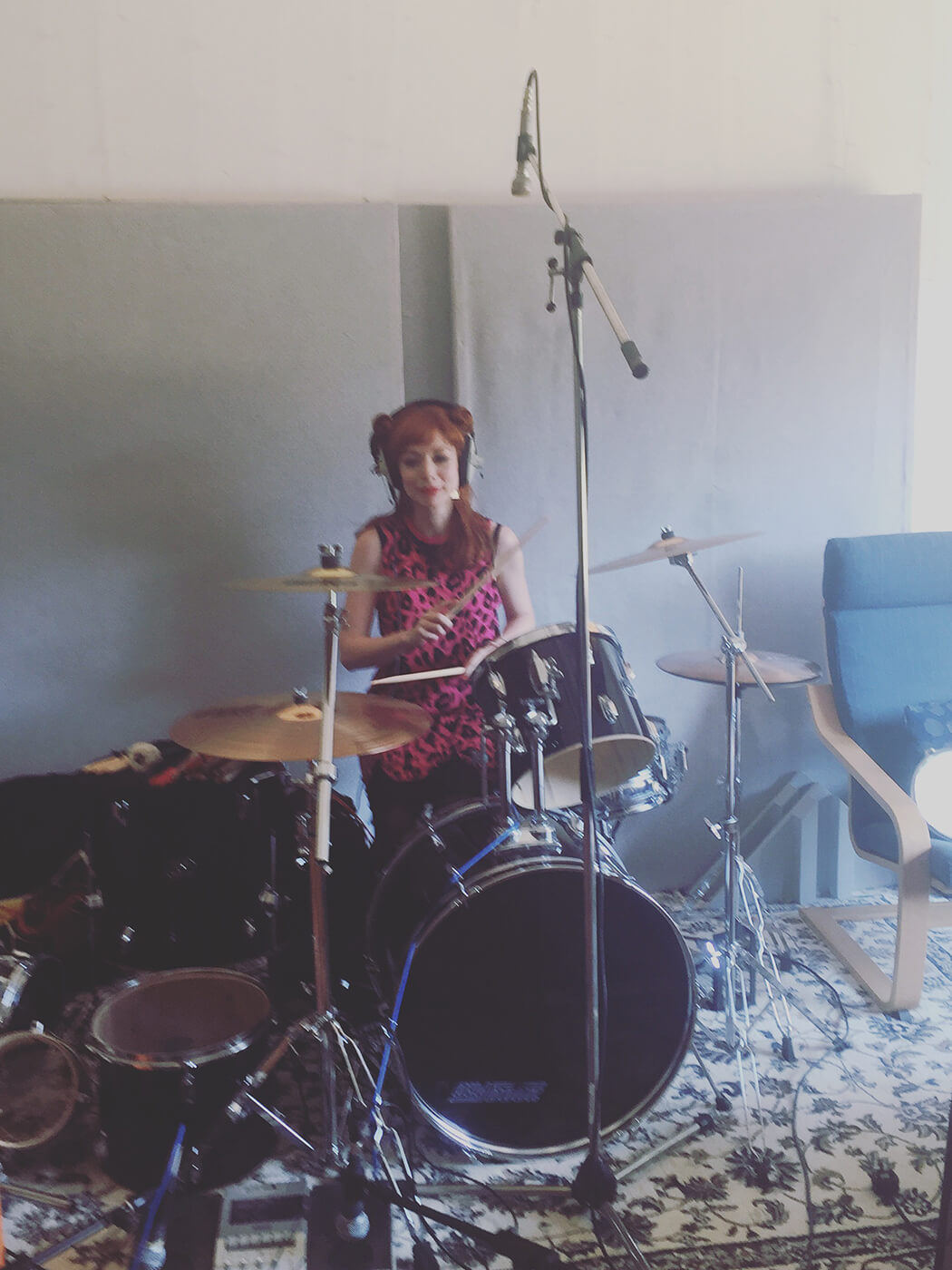
The Art of Losing
The Art of Losing sees Catherine ramping up aspirations several notches higher than her debut. While she’s responsible for all the writing and production, the record’s themes are almost uncomfortably personal, navigating what she describes as “the detritus of death”. The 14 tracks are an attempt to make some sense of several years of huge personal loss.
“The overarching concept of the album made itself known while I was making it,” says Catherine. “Loss was happening in my life back then. I don’t think anyone would have wanted to make a record about what I was going through. I wouldn’t wish it on my worst enemy.”
Catherine recorded the majority of the music on her own in her home studio. She feels this solo approach meant she could pour more of herself into the songs than if an engineer had been sitting in on the performance.
“Conceptually the record is about imperfection, about how life is unpleasant and messy. I wanted to reflect the themes in the sonics too.”
“With a lot of the vocals, it was just me engineering myself,” she states. “It was technically tricky, but I was able to get this sense of real intimacy. The subject matter is so raw, about loss and grief. I would have found it hard to tackle with someone else in the room.”
The contrast between her first and second records is marked not just by the process but by location. While some aspects of The Art of Losing were recorded at Konk Studios in London, Catherine captured the majority at home. This was a massive shift from Hugh Padgham’s Sofar Sounds studio where she crafted her debut.
“Confessions of a Romance Novelist was one of the last albums made there. There was a beautiful Neve desk. It was with the cleanest possible chain. Now I’ve gone the other way to try and pack as much character into the recordings as possible. Conceptually the record is about imperfection, about how life is unpleasant and messy. I wanted to reflect the themes in the sonics too.”
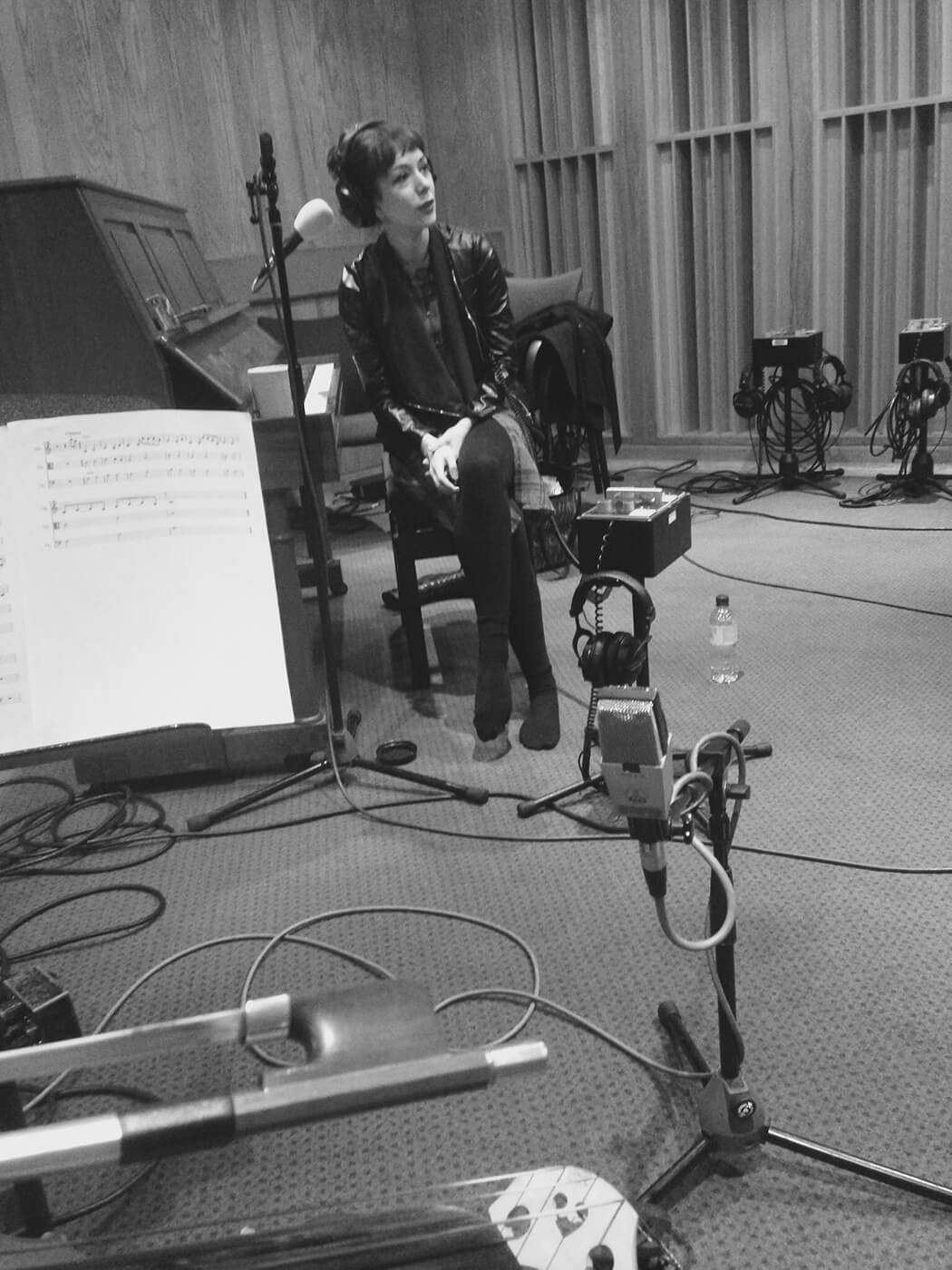
Collaborators
While The Art of Losing is the realisation of her creative vision, it also features some notable contributions. The Manic Street Preachers’ James Dean Bradfield duets on The Exchange and adds buzzing guitar to the electro stomp of Show Your Face, while David Bowie drummer Sterling Campbell also appears.
“James’ performance was a reciprocal duet after I sang on Dylan & Caitlin on their Resistance is Futile album,” Catherine explains. “It was mind-blowing to have his voice singing my song as I grew up idolising the Manics. Sterling came through my friendship with [American producer] Mario McNulty, and he recorded his performance remotely.”
“I feel very lucky that the few times I went outside of my own head and brought other people in, I was getting to work with these incredibly talented people.”
Catherine’s musical career has been full of creative collaborations, guest appearances and spin-off projects. From Bernard Butler to Simple Minds, she pins this thirst to work with other talents on a desire to not only share ideas but improve her own music.
“It is partly to do with this mindset of wanting to keep learning,” she says. “When I made my debut record, I was still at university, and I’ve always made records in a learning kind of environment – the people around me are an opportunity to extract information. They all make me want to up my game.”
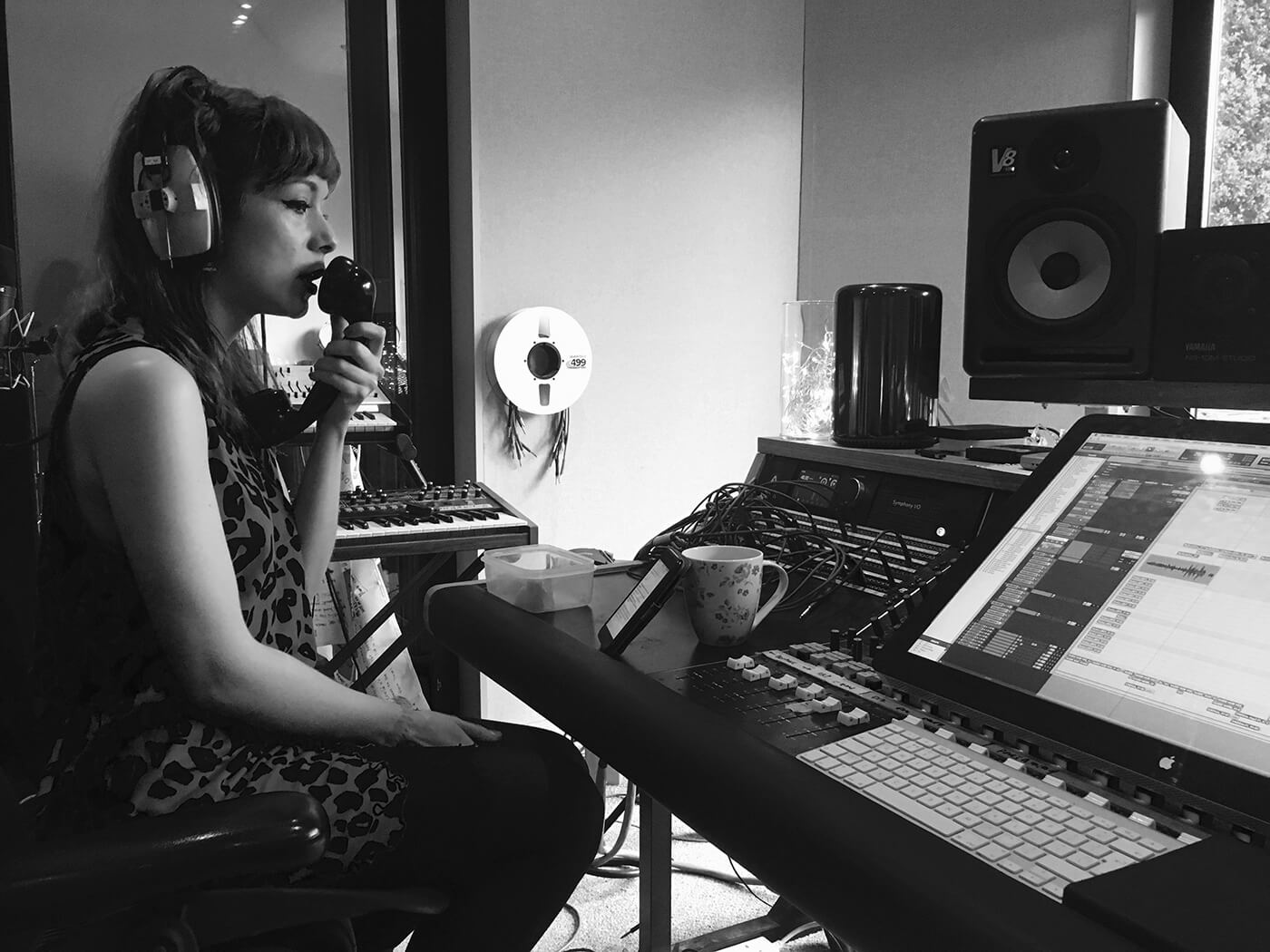
Process
Catherine has a raft of different methods for creating and developing her songs. It’s a magpie-like approach which helps her avoid any creative blocks.
“A song like Let It Hurt was written spontaneously on the upright Challen piano in my hallway,” she says. “But others might be on a synth, and I’ll give myself some limitations. I can constantly change and adapt my way of working.”
As a songwriter, Catherine also acutely understands the importance of craft over occasional flashes of inspiration. It’s a skill she’s fully invested in.
“Making records is a bit like bricklaying or working as a plumber,” she states. “You learn the techniques; then you put in the hours and graft. I don’t have this sense of inspiration striking or feeling of spirituality surrounding it. For me, it’s about getting up in the morning, laying out the bricks, putting your cement on top and getting on with it.”
“The subject matter is so raw, about loss and grief. I would have found it hard to tackle with someone else in the room.”
The Art of Losing was pieced together over months with snatched sessions between huge stints of touring with Simple Minds. Catherine evolved a system where she would record synth parts on her days off, then edit on the road.
“I spent a great deal of time editing when sitting on trains or in airport lounges,” she says. “I’d always be on my laptop. People would ask me what I was doing. I’d be like, ‘working on my new album!’ It was very much a record made on the road, but I made sure I was focused and tried to be as productive as possible to maximise my time.”
“I’m not sure I’d recommend it as a way of making a record but needs must. I had to make a living, and that was how the cards fell.”
Catherine masterminded the recording and editing process, but Dave Eringa and one-time David Bowie producer Mario McNulty advised with the final mixing process.
“I was in sole charge and responsibility of how the record would turn out – which at times was terrifying. I met Dave through the Manics and Mario through Simple Minds. He was really great and generous with his feedback. Even though I made the record in isolation, I was able to have these additional sets of ears to verify I hadn’t totally messed it up.”
Vintage gear
When she was at home, Catherine would often be working with the collection of vintage gear she’s collected. The Chandler REDD.47 mic pre is a piece of equipment Catherine used continuously throughout the record.
“It’s become a real staple of my creative process,” she explains. “I have a very particular tonal quality to my voice; there’s a lot of colour in the upper-mid range naturally, so you don’t necessarily want to treat it in the same way as other female voices. This is a big part of my chain and I don’t think I could ever give it up.”
The Oberheim OB-6 was behind many of the synth sounds. At the same time, the Leslie Cabinet, a rotating speaker, also features heavily on tracks such as Moon Rise, The Art of Losing’s opener and All Shall Be Well, another album highlight.
“I re-amped so many things through it. I was like a kid in a toy shop with that, and it’s so rare to have access to a real one. It’s a beast,” says Catherine.
“I used it a lot with vocals and guitars, just systematically going through and reamping every single track in a song to see if it added anything interesting.”
“Making records is a bit like bricklaying or working as a plumber. You learn the technical skills; then you put the hours and graft in.”
While the musical styles captured on the record differ between songs, from Catherine’s perspective, a search for characterful sounds is a unifying sonic thread.
“I use this old Korg CR-4 four-track to reamp synths too,” she reveals. “I picked this up from an interview with producer Blake Mills and his work with Alabama Shakes, and it’s really helped me be more playful. Once I’ve captured the perfect signal, I’m always looking for ways to make it sound more degraded and more interesting.”
Catherine may be a lover of music tech gear, but she has tried to stop her passion from influencing her production or songwriting process too much.
“Realistically, apart from the drums, I could have made the record with two synths, my [Sequential] Prophet-6 and OB-6, alongside Pro Tools, a U87 and a pre-amp. You can do it. Everything else is fun, although I’m never going to stop checking out the latest pieces of equipment in magazines.”
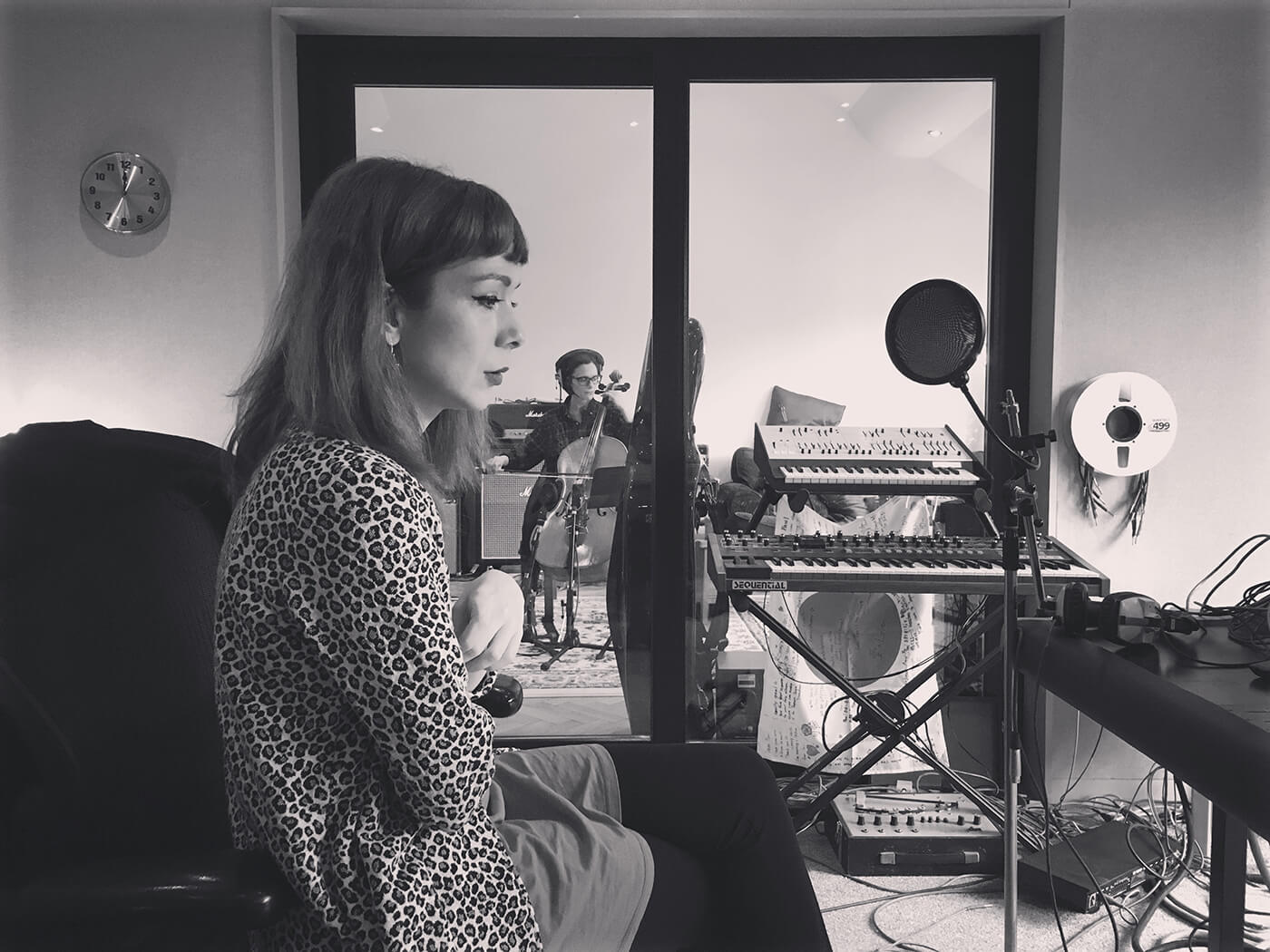
Wisdom
Alongside the build-up to this new record, Catherine has also been busy lecturing at the Institute of Contemporary Music Performance and working with up-and-coming artists. Her advice for producers and artists starting their journeys is to focus on building the right setup.
“Make sure you’re self-reliant. So get a basic microphone, DAW and some really great quality plug-ins,” Catherine explains.
“Then just start to build up your library of things you can experiment with. You don’t need to start spending huge amounts of money. But invest in it and try to make as many tracks as you can. Nothing beats doing it.”
She’s also keen for more significant change around the diversity of the music industry, to give aspiring female producers and engineers the opportunities they deserve. While some changes have taken place, and more conversations around gender are going on, Catherine feels there’s still plenty to be done.
“Once I’ve captured the perfect signal, I’m always looking for ways to make it sound more degraded and more interesting.”
“We can’t afford to be complacent,” she says. “We still need to bang the drum. And anyone who is uncomfortable with that needs to look at why.”
“Ultimately, it’s got to get to the point where everyone is judged on merit,” Catherine continues. “So when a woman is in the studio, no one just assumes they’re the singer. And we shouldn’t expect women to be twice as good as their male counterparts. We shouldn’t have to work twice as hard just to stand still.”
She cites a dizzying list of female talent – Olga FitzRoy, Catherine Marks, Charlie Deakin Davies, Jorja Chalmers, Hannah Peel, Hinako Omori and more – as examples of female success within the recording industry.
“It’s about encouraging the visibility of the women at the top so others can see them as examples,” Catherine says. “When I started, I didn’t know there was such a thing as a producer who was also a woman. But there’s so much talent out there.”

Musical futures
The new Anchoress record is due for release in March 2021 but has been delayed due to label schedules. Catherine says that, in some ways, it’s been a blessing in disguise, putting some distance between her and the material’s subject matter.
“It was a gruelling album to make. I was going through some fairly horrible and unpleasant stuff at the time. Having this delay means I can talk about it more objectively,” she states.
While her solo album is coming into view, her collaborative LP with former Suede guitarist Bernard Butler, In Memory of My Feelings, has recently landed rave reviews. Again, this record was completed back in 2014 but wasn’t released until 2020. It features some of the pair’s best songs, capturing some bursts of indie-guitar-based brilliance.
“It’s about encouraging the visibility of the women at the top, for people to see them as examples. When I started, I didn’t even know there was such a thing as a producer who was also a woman.”
“We were put in a room together to write songs by a label back in 2009,” says Catherine. “But we’ve only spent about 15 days in each other’s company in total, mainly writing and recording. It’s not a traditional collaboration but one that has worked for us.”
She believes their shared references and passions ensures their creative relationship can flourish without either of them needing to know each other too well.
“It was almost effortless as the aim was just to make some great music. We didn’t need to sit down and chat about what we wanted to do.”
With all this relatively old music getting released, Catherine is now focusing on the future, hopefully performing live, working on new material and keeping her numerous creative projects spinning.
“Unless you have a huge marketing budget behind you, then wearing all these hats simultaneously and being able to turn your hand to all of these different roles is really important. It’s about acknowledging the realities of the 21st-century music industry.”
Her new album might be about loss, but it’s something Catherine has turned into an artistic triumph. Let’s hope she keeps fighting and winning.
The Art of Losing will be released on 12 March 2021 via Kscope.
Visit theanchoress.co.uk for more.
Read more MusicTech interviews.